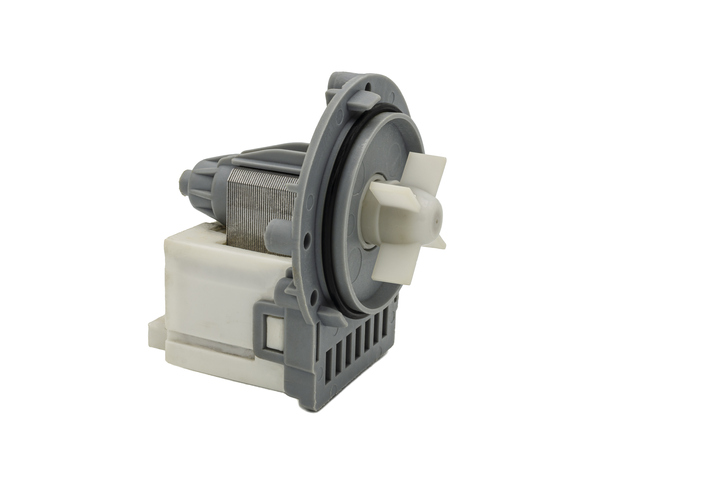Injection molding is well-known for being one of the most efficient plastic manufacturing processes available, particularly for high-performance applications. With the ability to optimize part design and tooling for maximum productivity, injection molding companies can deliver high-quality plastic components without exorbitant price tags. However, there are still several common defects in injection molding that can compromise part integrity. Finding an injection molding partner that is aware of these issues and that takes steps to minimize them is essential to getting the most out of your plastic part production.
Causes of Common Defects in Injection Molding
In the injection molding process, defects in a few parts are unavoidable. There are a lot of things that need to go right, and even with advancements in technology, sensors, and robots, common defects in injection molding can be caused by a variety of factors, including:
Part design—Complex part geometries and unnecessarily tight tolerances can cause some of the most common defects in injection molding. Factors like inadequate wall thickness, sharp corners and edges, undercuts, and inadequate draft angles can result in flash, ejection problems, or part nonconformity.
Mold design—Problems with mold design like improper cooling channels, inadequate ventilation, inaccurate tooling, and inappropriate material selection can lead to defects like warping, shrinkage, voids, or part degradation during use.
Production processes—Process metrics like temperature, injection speed and pressure, cooling time, and mold cleanliness can all impact the quality of the part. Problems with any of them can lead to common defects like burn marks, flow marks, inadequate filling, or visual imperfections.
Quality management failures—While this should not be an issue with injection molders that work with high-performance industries, quality management failures like lack of inspection, poor monitoring, or non-compliance can obviously lead to problems during production.
Human error—Operator mistakes and lack of training can also lead to part defects.
What are the Most Common Defects in Injection Molding
Shrinkage
Shrinkage is when a molded plastic part contracts during the cooling process. Factors like material selection, mold temperature, and part geometry can influence the degree of shrinkage. While some shrinkage is normal and expected, if it occurs unevenly or if a part shrinks too much, the result is a mishaped or undersized part.
Warping
Warping is the deformation or twisting of a plastic component after cooling. This is often the result of different sections of the part cooling at different rates and can happen because of insufficient draft angles, poor mold design, or residual stresses within the part.
Flow Lines
Flow lines are an aesthetic imperfection. When molten plastic moves through the mold at different speeds, it can leave behind streaks or waves on the finished part. Injection pressure, speed, and wall thickness can all cause flow lines.
Sink Marks
Sink marks are small divots that appear in a part’s surface after it has cooled. Similar to warping, this is often the result of the part cooling unevenly due to thicker walls or some other characteristic of the part’s geometry.
Air pockets
Air pockets in injection molding occur when air gets trapped inside the molten resin during injection. This can be caused by poor venting in the mold design or insufficient packing pressure, which creates cavities within the finished part.
Jetting
When molten resin is forced into a mold at high-velocity, it can leave behind a visible streak on the part’s surface. This is called jetting. The causes of this can vary but most often it’s the result of long flow paths, bad gate design, or insufficient injection speed.
Flash
Finally, flash is the excess material that escapes from the mold to form thin ridges on the part. Flash usually happens when there is insufficient clamping force on the mold, excessive injection pressure, or when the components of the mold are worn or damaged.
How Manufacturers Can Minimize Common Defects in Injection Molding
When it comes to minimizing common defects in injection molding, there are a number of methods that manufacturers can implement in their processes.
Design for Manufacturing, or DFM, is one of the primary methods. With DFM services, your plastic parts manufacturer can ensure that your component has been optimized for the manufacturing process. This can help prevent defects that are caused by poor part design or complexities in geometry.
Mold design optimization fulfills a similar purpose. But instead of optimizing your part, the manufacturer optimizes the design of the mold itself to make sure it is well-suited for the material and the specific operations that will take place during production. An optimized mold design can help prevent everything from uneven cooling and warping to air pockets and jetting.
Quality control measures are another essential part of minimizing defects in high-performance plastic parts. These processes help ensure the quality of products throughout the entire production process through early detection of defects.
Automation is a relatively recent addition to the manufacturing world but its impact on minimizing common defects has been impressive. Through the use of robotics, sensors, and data analytics, plastic parts manufacturers can detect issues early, provide insights into process performance, and help ensure precise and repeatable processes.
Virtual molding software is an invaluable asset when it comes to optimizing the manufacturing process from the beginning. Amongst other things, virtual molding software provides manufacturers with detailed insights on potential issues that might arise before production even starts.
Ensinger Produces Plastic Parts with Quality and Consistency in Mind
At Ensinger, we implement the latest in advanced manufacturing equipment and technologies to deliver high-performance injection molded plastic components. Our deep knowledge of injection molding high-performance materials and engineering principles enables us to optimize the manufacturing process for our customers to ensure consistent quality and a faster time to market for their products.
Are you looking to partner with a plastics manufacturing expert that specializes in using high-performance materials for high-performance parts? Connect with our team today to get started.
